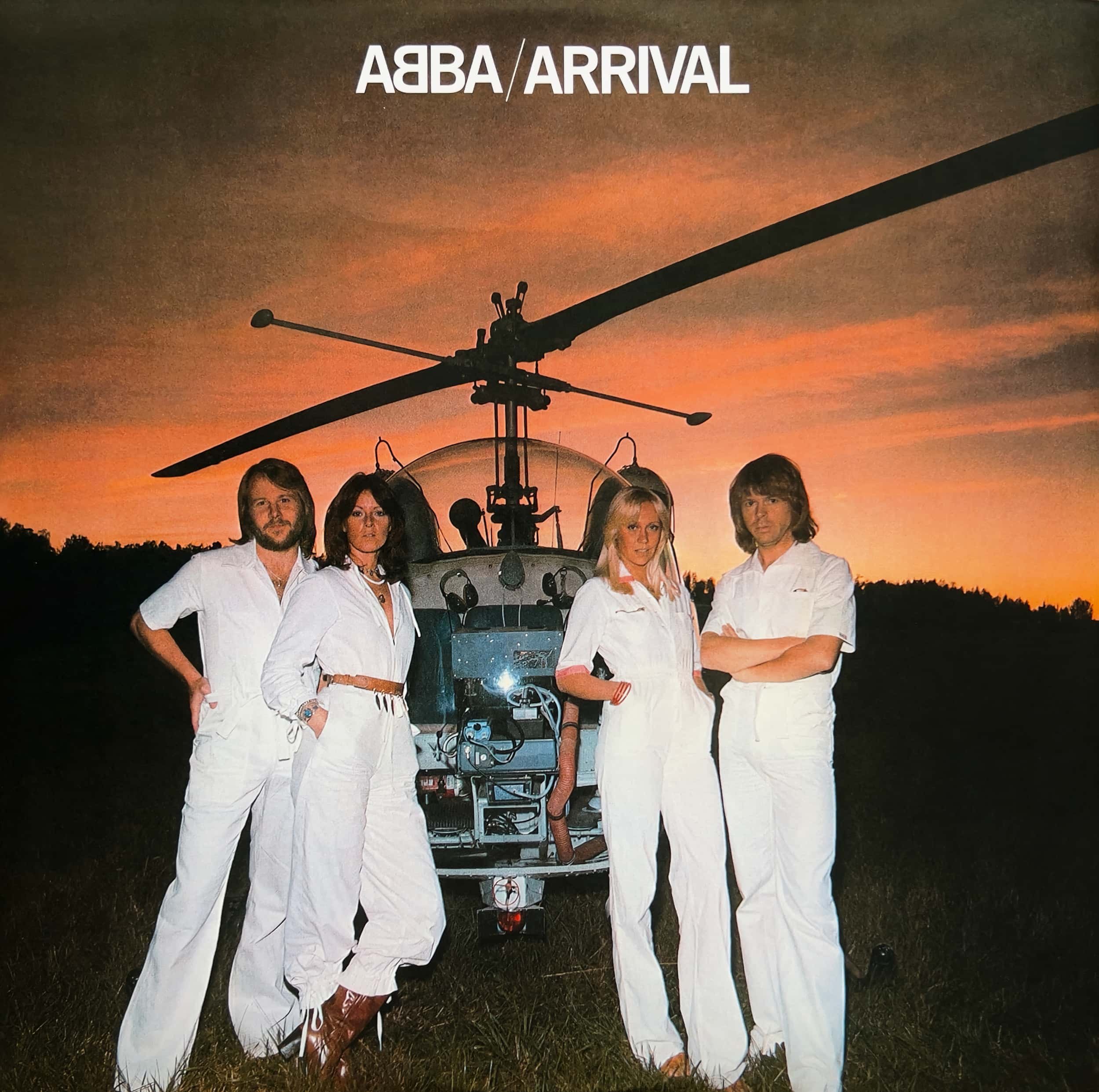Released in 1978, Leo Sayer’s self-titled album, his sixth studio recording, is a timeless classic that showcases the singer’s vocal prowess and musical talents. With its blend of pop, rock, and disco, this album offers a diverse range of musical styles that are guaranteed to captivate listeners from start to finish.
Captivation naturally begins with the album artwork and while it isn’t the most noteworthy, or inspirational, of Sayer’s career, it stands out from the crowd as the minimal design draws your eye directly to the typeface and Sayer’s portrait. In the modern era, it’s easy to overlook album artwork but in 1978, when the predominant music format was the vinyl record, it was often as essential as the music was for sometimes the first encounter of an artist would be the cover design that you’d see each time you visited your local record store.
Of course, for a record to be considered a classic album, as I consider this, the music and sonic reproduction have to be compelling. In this case, Sayer’s self-titled release is stunning. Presented as a lossless CD counterpart, via Apple Music, some may argue that there is room for improvement given that it isn’t presented as a Hi-Res Lossless Apple Digital Master. I, however, wouldn’t agree with that perspective for whoever undertook the mastering of this release got it right. There are no glaring omissions or elements that I feel need addressing. Subsequently, a remaster simply isn’t required and has the potential to further degrade the quality of the recording by succumbing to loudness demands. Sometimes it is best to leave well enough alone and simply enjoy the music.
Stormy Weather opens the album with a catchy pop-rock tune that sets the tone for what’s to come. Sayer's soulful vocal shines as he extends every note right to the edge of his range as he sings about life’s ups and downs, accompanied by incredible instrumentation and infectious melodies.
Dancing The Night Away, an Amazing Rhythm Aces cover, is a fantastic tune and is far superior to the original with its groovy basslines and funky guitar riffs. That’s perhaps one of the greatest aspects of Sayer in that while he’s recorded many covers, he always manages to extract the soul of the song, put his own spin on it, and match, or in this case surpass, the original.
I Can’t Stop Loving You (Though I Try) is a beautiful heartfelt ballad that showcases Sayer’s evocative vocals and is one of the highlights of this self-titled release.
Phil Collins recorded the song for his 2002 album, Testify, but unless you’re a fan, it isn’t worth your time as it’s a second-rate interpretation at best. While I appreciate artists covering music they enjoy, if they can’t match or beat the original, I’d prefer they refrain from recording it in the first place.
La Booga Rooga is a cover of Andy Fairweather Low’s 1975 original, an exceptional recording in its own right, but Sayer removes some of the blues elements and replaces them with an addictive up-tempo pop-rock technique that is perfectly suited to his style and the era. As to which is better, well it all comes down to personal taste and while I thoroughly enjoy both renditions, my preferred is Sayers; likely as it was his version I’ve always been more familiar with and the fact that his energetic vocal performance adds to the song’s overall charm, making it a joy to listen to.
Raining In My Heart is a Buddy Holly cover and just like La Booga Rooga, I appreciate both interpretations, for different reasons. If I’m in the mood for the sound of the 50s, or Buddy Holly in general, then his version is superior. As part of Sayer’s self-titled album, however, Raining In My Heart is a masterful recording that complements Holly’s original while simultaneously ensuring this classic tune has a modernised feel; one with a combination of country-folk and pop-rock styles. Regardless of your preferred version, you simply can’t go wrong with a song as incredible as Raining In My Heart.
Further to that, may I suggest you also check out the versions by Anne Murray and The Dave Clarke Five for they too are exceptional interpretations.
Something Fine, a Jackson Browne cover, is a beautiful interpretation that is very close to the style of Browne’s original recording. Both are so good that I can’t pick a preferred version. That’s actually a good thing as Sayer’s interpretation takes nothing away from the original.
Running To My Freedom sounds a little dated, compared to the other songs on this self-titled release, but it’s a lovely classic rock tune with a catchy melody that will appeal to many.
Frankie Lee is a great upbeat song. There’s just enough of a rock edge to be considered a rocking good tune and the instrumentation throughout is the perfect accompaniment to Sayer’s vocal.
Don’t Look Away is another upbeat tune with Sayer’s signature pop-rock-infused styling. The instrumentation on this track is of particular note, with a driving rhythm section, pulsing keyboards, and fiery guitar riffs all coming together to create a rich and dynamic sonic landscape. Without a doubt, Don’t Look Away is a hidden gem and is one of the best songs Sayer ever recorded.
No Looking Back is a beautifully crafted song that showcases Sayer's considerable talents as both a songwriter and performer. It is somewhat reminiscent, in style, of Elton John’s classic era with its piano and symphonic backing, but more importantly, it closes out the album just as closing tunes should whereby they allow for contemplation as well as compelling the listener to play the album again.
In conclusion, 1978 was a year that yielded an incredible range of music, from all genres and artists, and Leo Sayer’s self-titled release is no exception for it’s a masterpiece that has stood the test of time and remains to this day a landmark release of the 70s.












